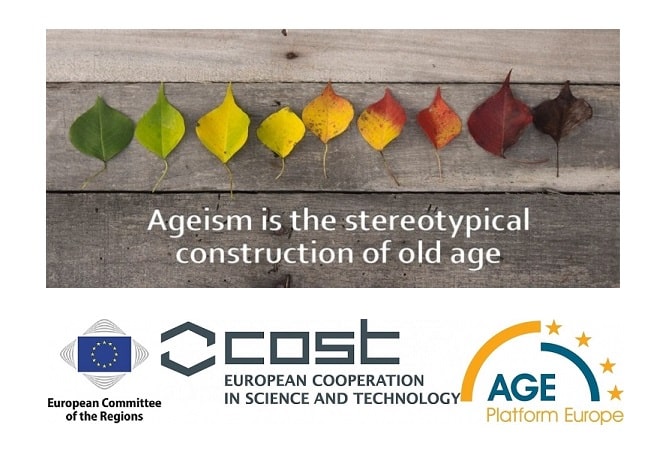
On October 26, COST Action IS1402 on Ageism, AGE Platform Europe and the Committee of the Regions organized an international event to advocate for a future world for all ages, in which age is no longer a barrier. This event summarizes the work done on the topic of ageism by more than 200 researchers and policy stakeholders from 35 different countries, as part of a COST Action on ageism.
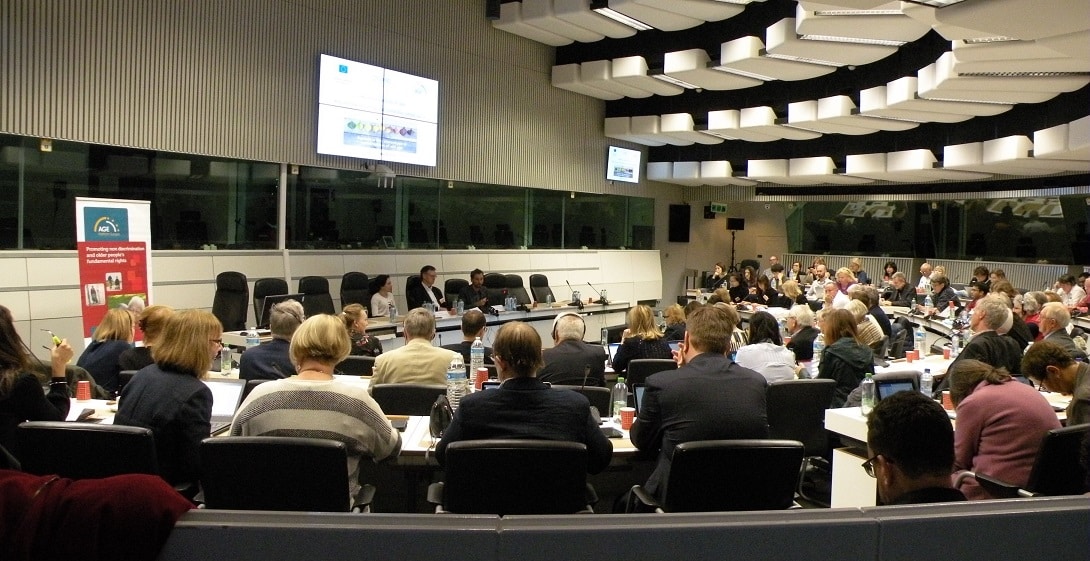
Relying on a multi-dimensional and multi-sectorial approach, the COST Action on Ageism conference addressed the many different aspects of ageism, showing the complexity of age-based discrimination and its unknown individual and societal impacts.
The main objective of this final meeting was threefold:
- Present the outcomes of the COST Action on Ageism to national and sub-national policymakers responsible for providing services and developing programmes targeting older citizens
- Increase awareness to the topic of ageism and present solutions to combat ageism at grass-root level.
- Facilitate action to reduce ageism through policy and legislations
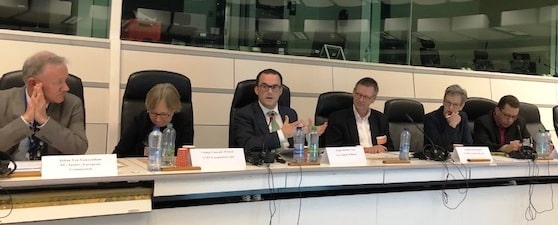
———
As Liat Ayalon, from Bar Ilan University and chair of the COST Action on ageism explained, ageism – or the systematic categorization of people on the basis of their ages – 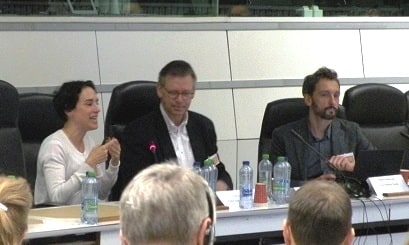
Ageism is affects all aspects of our lives and is manifested in how people interact as well as in how we perceive ourselves. The conference shed light on some areas in particular, in which ageism is highly prevalent.
Ageism and employment
Ageism is widespread in the labour market, affecting recruitment, employment, retirement decisions and work relationship. Older workers are often discriminated against in different ways such as left out of training programmes, promotions, important roles within the company or modernisation processes, etc. This is even more striking in certain types of occupations and economic branches, e.g. related to information technologies, customer service, entertainment and social media.
This discrimination results into a growing mismatch between people’s increased interest in working longer and employers’ declining interest in hiring older workers.
Challenging negative stereotypes on ageing and promoting age diversity were put forward as effective ways to overcome this deadlock. But also seeing longer working lives as an opportunity for developing other types of life courses: the issues of life-long learning, late retirement and “informal” work force us to question our traditional linear “education – work – pension” scheme and consider a new distribution of “no-work” period across the life course.
In healthcare
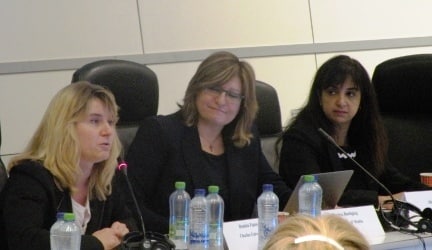
The issue of increasing multi pharmacy or multiple medication among older people was highlighted as a public health issue, resulting into increased hospitalizations and frailty conditions.
In the media
Ageism is very common in the media. In advertising e.g., older adults tend to be associated to specific products and to specific roles. The ways they are portrayed is either negative – linked to dependency, illness and loneliness – or as “successful agers” in which age is denied. Either positive or negative, old age portraits tend to be consumerist, unrealistic, exaggerated or distorted, based on homogenized characterization.
Ageism is the media needs to be tackled for media are very influential. Although they are reflecting social practice, media can also produce meaning in that practice and thus enhance ageism. Media and advert images are used as resource for age identity or identification for older adults.
What can be done? Awareness of diversity can challenge ageing stereotypes. More varied depictions are needed to better reflect old age heterogeneity and reality, and avoid reflecting non-older adults’ preconceived perception of older age.
In that area, a recent Spanish initiative was presented: the new observatory to monitor ageism in the media launched by the Older Persons Council of Biscay (Spain). Read more on this initiative here.

“Self-ageism” – the psychologist perspective of ageism
Ageism is “something we do to others but also to ourselves”, further highlighted COST Action researchers. When we are young, we acquire stereotypes on ageing and old age – research shows that negative stereotypes start in early childhood as early as 4 or 5 years old – which we internalize at middle-age Those stereotypes then get embodied when we reach old age and we become the type of person we have internalized.
Our internalization of stereotypes influences the way we think, feel and act in old age, and the way we prepare for it. If we perceive ageing negatively, we prefer not to think about it and we will not prepare for old age and we will then materialize the negative stereotypes we have internalized.
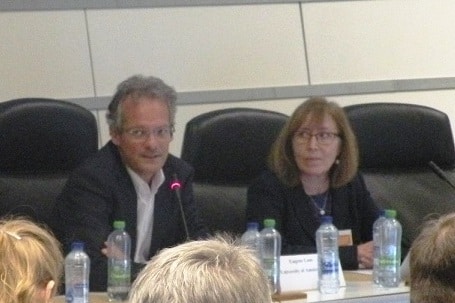
As Klaus Rothermund, from Friedrich-Schiller-Universität Jena, pointed out, “for a more balanced view of ageing, we need to take it seriously”, in taking into account the wishes and expectations of older persons, involving them in political decisions. But we also have, at a more individual level, “to take the different ages seriously, as seriously as the previous age”, and think about the positive aspects of each of them.
Diversity and education against stereotypes
Sibilia Marques, from the University Institute of Lisbon, refered to the book ‘The nature of prejudice’ (Allport, 1954) and insisted on the key role of an interdisciplinary and multi-stakeholder approach to achieve a society for all ages. To challenge prejudices, we need to develop – in particular in schools – the concept of diversity, acknowledging a group is not homogeneous. Education and intergenerational exchanges are here crucial!
Law as a tool to fight ageism
The presentations highlighted the challenges of gaining legal protection for victims of ageism in different spheres of life and the challenges of measuring and quantifying ageism, especially when it co-occurs with other legally recognized forms of discrimination. For example, Sweden has taken several steps to recognize age-based discrimination by adding ageism as a form of discrimination to its “Discrimination Act”, but even then, the commitment of ageism against individuals has been hard to prove in court.
More effort is needed, e.g. in allocating more human and material resources to tackle ageism, and amend/enact laws and policies to protect their older population.
Experts from the COST Action on Ageism examined the existing international norms in the field of ageism and investigated how law and ageism inter-relate, how European legal frameworks are relevant for older persons in general, and how they can contribute to combating ageism in particular. This general descriptive picture provides key considerations and recommendations for future research that can all be found in ‘Contemporary Perspectives on Ageism’.
From research to policy making
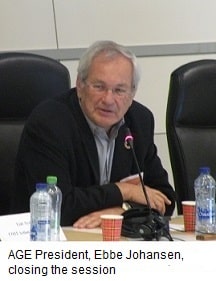
Read in our joint press release the several operative steps identified by the COST Action on Ageism to effectively combat ageism.
A more detailed report of the conference is available here
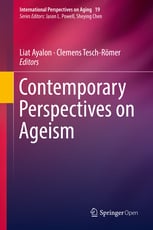
Useful links:
- COST Action on Ageism conference ‘Towards a society for all ages: Why and how should regional authorities combat ageism’
- COST Action handbook ‘Contemporary Perspectives on Ageism’
- WHO Global Campaign to Combat Ageism
- #AgeingEqual campaign






